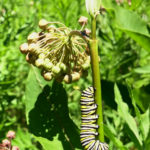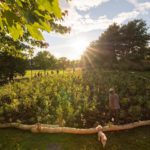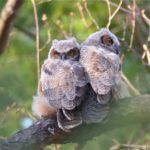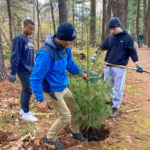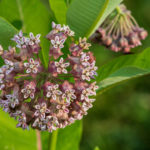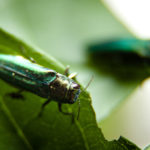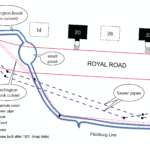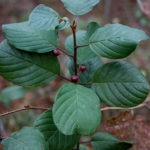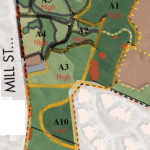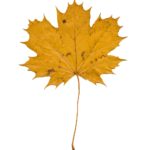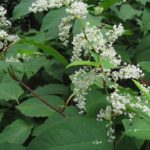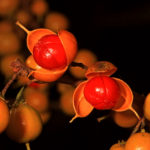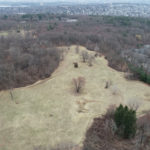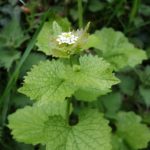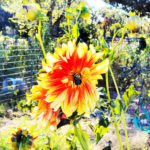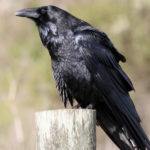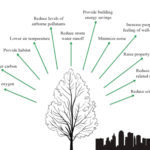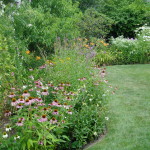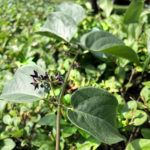
By Jeffrey North Black swallowwort is a killer. Monarch butterflies mistake the plant for native common milkweed, and lay their eggs in the non-native invader, where the larvae die. Besides threatening the population of migrating monarch butterflies, it is toxic to mammals, and by crowding out food for wildlife, worsens wildlife habitat. Vincetoxicum nigrum, also known as Louise’s swallowwort or black dog-strangling vine, is a species of plant native to Europe and found primarily in Italy, France, Portugal, and Spain. Black swallowwort was probably introduced to North America as an ornamental plant in the 1800s. The first sighting of Vincetoxicum [READ MORE]


